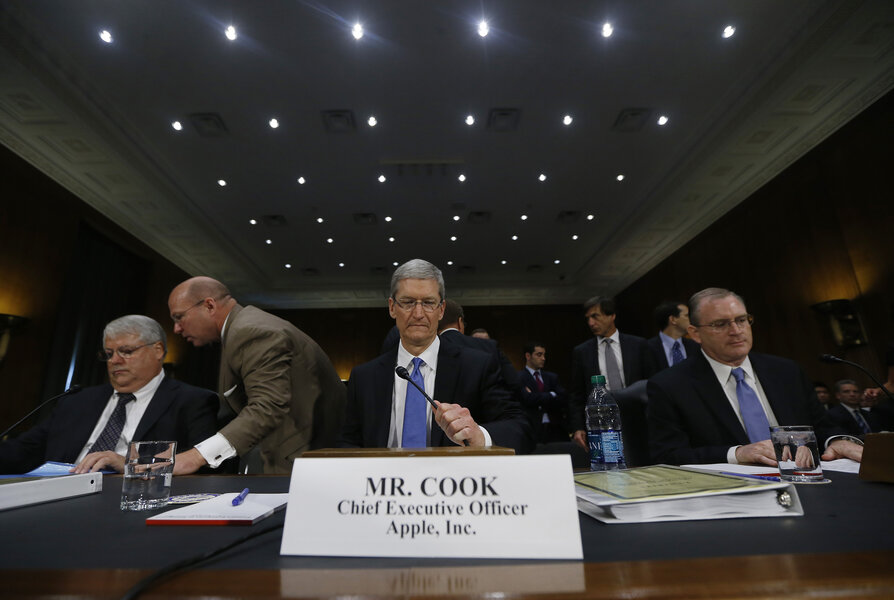Read DOJ's motion to compel Apple to crack the San Bernardino iPhone
Loading...
Frustrated by Apple's refusal to comply with a court order demanding it help the FBI access the iPhone of one of the San Bernardino, Calif., shooters, the Justice Department upped the ante Friday.
Prosecutors filed a new motion asking a federal judge to force the tech company to immediately unlock the device.
"The urgency of this investigation requires this motion now that Apple has made its intention not to comply patently clear," prosecutors wrote in the motion to compel. "This aspect of the investigation into the December 2, 2015 terrorist attack must move forward."
Read the full Justice Department motion to compel.
In a big win for the government, a Riverside, Calif., magistrate judge on Tuesday ordered Apple to write new software to get around built-in security features on the iPhone of the slain attacker who, with his wife, killed 14 people in the shooting that officials say was inspired by the Islamic State. Doing so could allow the FBI to crack the phone’s password faster.
Promising to fight the court order, Apple CEO Tim Cook insisted this kind of weaker software would amount to a backdoor that would be "too dangerous to create" since it could be used not just in this case but on all sorts of Apple products.
While Apple officially has five days since Tuesday's order to to respond, this motion is intended to increase pressure on the world's largest tech company.
"Based on Apple's recent public statement and other statements by Apple," prosecutors wrote in the court filing. "Apple's current refusal to comply with the Court's order, despite the technical feasibility of doing so, instead appears to be based on its concern for its business model and public brand marketing strategy."
For his part, Mr. Cook outlines many reasons why he thinks abiding by the court's order is a bad idea. He worries that the government, by asking his company to build software that weakens its own product, would "undermine decades of security advancements that protect our customers — including tens of millions of American citizens — from sophisticated hackers and cybercriminals."
"The same engineers who built strong encryption into the iPhone to protect our users would, ironically, be ordered to weaken those protections and make our users less safe," he wrote in an open letter to customers. In the wrong hands, he says, "this software — which does not exist today — would have the potential to unlock any iPhone in someone’s physical possession."
Privacy experts and other tech industry officials also worry about the legal precedent the outcome of this case might set. If a US court could compel Apple to write new software to bypass its own security features, they say the Justice Department may be able to legally compel any other American software providers to do the same thing. In a Passcode survey, 60 percent of the digital security and privacy experts who participated said Apple should not comply with the original court order.
The Justice Department's motion seeks to tackle this pushback head on. The order is meant for just this one phone, prosecutors say, and "does not, as Apple's public statement alleges, require Apple to create or provide a 'backdoor' to every iPhone."
Complying with the order, prosecutors say, is not a threat to other users of Apple products. "Apple may maintain custody of the software, destroy it after its purpose under the Order has been served, refuse to disseminate it outside of Apple, and make clear to the world that it does not apply to other devices or users without lawful court orders. As such, compliance with the order presents no danger for any other phone and is not [as Cook writes] 'the equivalent of a master key, capable of opening hundreds of millions of locks.'"







